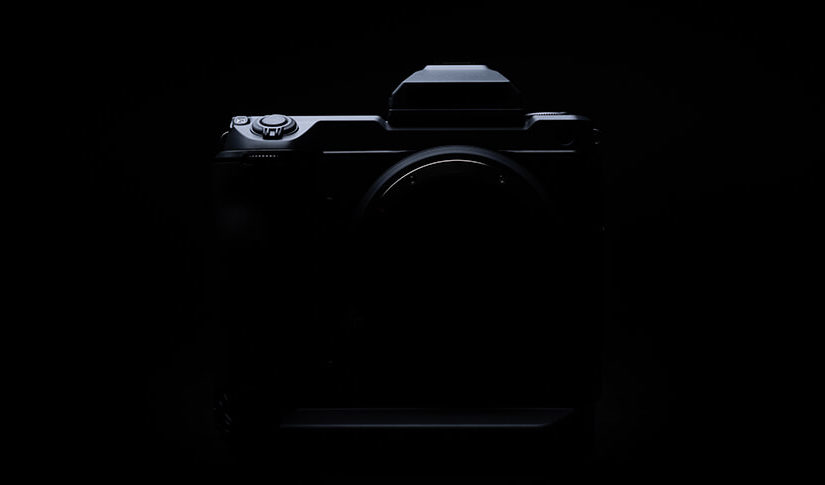
 3 minute read
3 minute read
The Golden Ratio
The lesser-known cousin of the rule of thirds can be a good guide when composing images that feature sweeping curves and circles. Here’s how it works.
You’ve no doubt heard of the rule of thirds: a handy tool that’s long been used by photographers to help produce balanced compositions. Here’s a recap: imagine the frame divided into thirds by straight lines both horizontally and vertically. The four points where these lines cross represent compositional ‘hot spots’ – points where you should place subjects for maximum visual effect. Landscape photographers can also use the lines as a guide for elements like the horizon, or edges of a building.

© Richard Vogel
The origins of the rule of thirds lie in mathematics. It’s an approximation of something more complex (called the golden ratio) that works like this: instead of dividing the frame into thirds, we create a grid where each line is intersected to create two parts with the ratio 1 to 1.61. The result is a slightly different looking grid.

© Richard Vogel
You can use this grid in exactly the same way that you’d use the rule of thirds: by putting objects of significance on the intersections of two lines, and straight edges (like horizons) along the lines themselves. Many landscape photographers say that working with the golden ratio instead of the rule of thirds gives a more natural result.
The Golden Spiral
The really clever bit comes when you carve up the smaller parts of the golden ratio grid into further 1 to 1.61 sections and add a spiral that joins up the intersection points. The resulting curve is called the golden spiral and is a superb guide for shapes and leading lines, drawing the eye into the picture very effectively. It’s like a road sign directing the viewer to where you want them to look.

© Richard Vogel
Natural spirals of this kind are hardwired into nature. They’re found in the shells of snails, the leaves of ferns and the arms of spiral galaxies, so it’s not surprising that our brain finds them visually appealing, too. The golden ratio of 1 to 1.61 has been used by artists including Salvador Dalí and composers such as Claude Debussy, as well as countless designers, illustrators and architects. So why not try it in your photography, too?
While the rule of thirds can be used as you shoot by activating grid lines in the viewfinder/touchscreen, the golden spiral is trickier. Since it can be shown in eight different orientations, which would soon clutter up your view, it is much harder to visualise when you’re working. This means it’s best to apply it by cropping in image editing software, with the spiral showing in the cropped frame.

© Dan Westergren
You can do this in Adobe Photoshop or Lightroom by selecting the crop tool and fitting the crop frame around your image, then pressing the O keyboard shortcut to cycle through the various composition aids until you see the golden spiral (you’ll also see rule of thirds and golden ratio grids). Cycle through the eight versions of the spiral by pressing SHIFT + O.

Your Next Steps
- CHALLENGE Try to find compositions that work with the golden ratio. Post your best pictures to social media with the hashtag #learnwithfujifilm. You can also submit your work here for a chance to be featured on our social media channels
























































